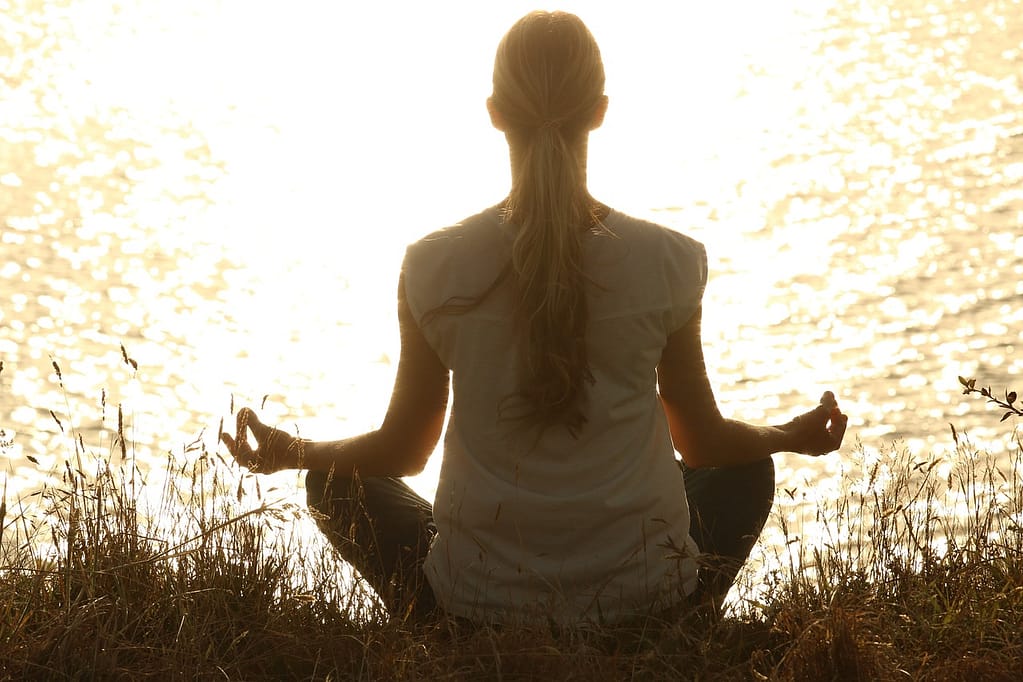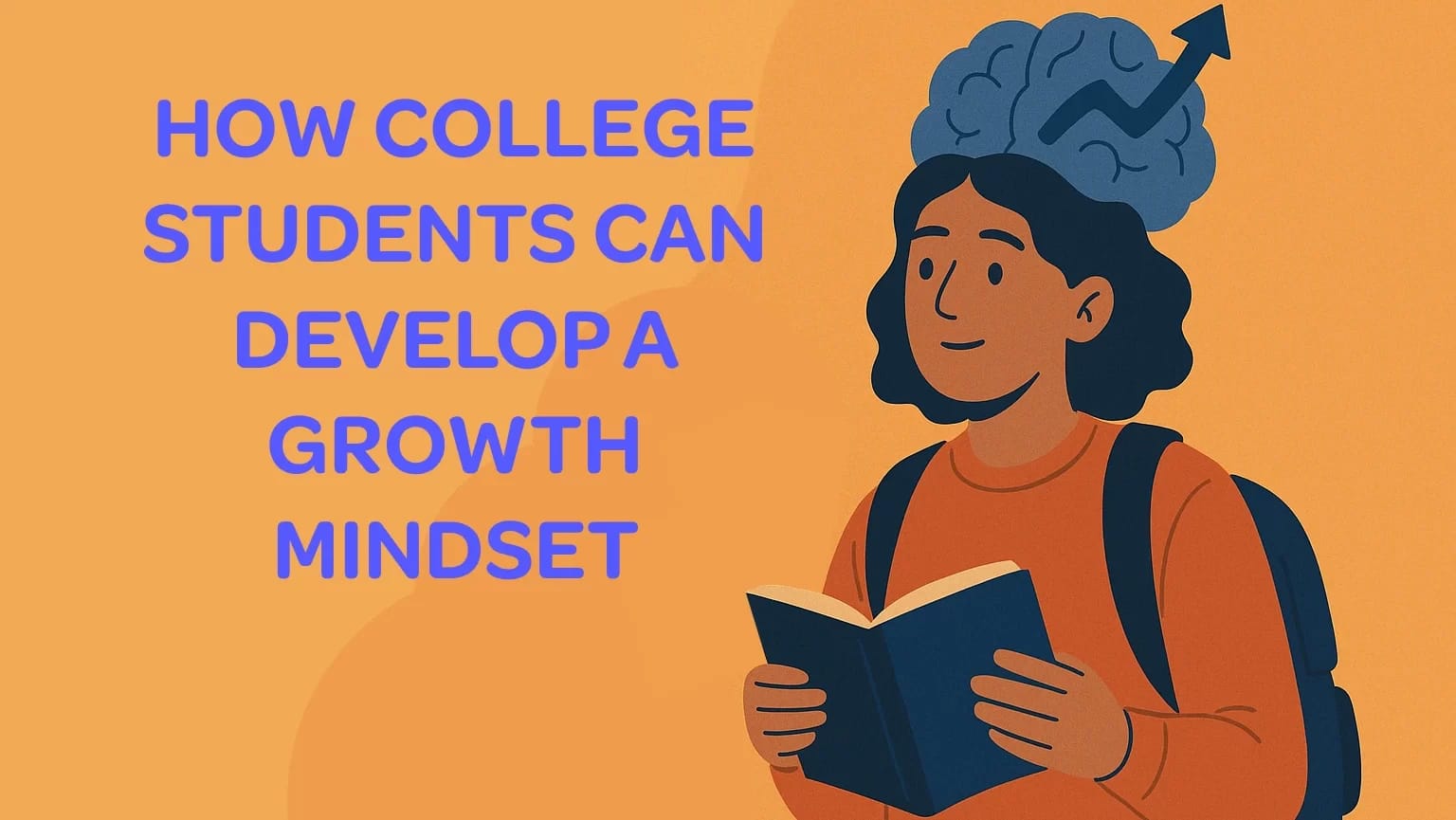The way our society is currently evolving is scary. The younger population is facing a higher level of mental health disorders compared to those much older.
It’s alarming, considering how much we rely on the young generation to direct us in the right direction and make a change. Since most of the young population is struggling mentally, it becomes harder to make an everlasting impact.

One of the most dangerous weapons against mental health illnesses is meditation. Considering these issues revolve around the mind, we can use meditation to silence our minds to instill a sense of calmness and focus.
If you’re someone or know someone fighting a battle with mental health, meditation is a great coping mechanism and stress reliever. Ultimately, it makes you more mindful, which helps you relax and prevent your mind from creating false illusions.

What are the benefits of meditation? Read here.
Here’s a step-by-step meditation guide that you can follow along.
Step 1: Establish your relaxing environment

Preparation is vital to a successful meditation session. Whatever a relaxing environment means to you, turn these ideas into your reality. Whether this means setting the room to the perfect temperature, lighting a candle, or dimming the lights, you can all create the perfect environment according to your preferences.
Step 2: Eliminate all noises

Close all windows, turn your cellphones off, leave pets in another room, and put on noise-canceling headphones if you need to. Noise reduction is crucial to prevent these noises from becoming distractions and interfering with your meditation session.
Step 3: Set a timer for your session

Close all windows, turn your cellphones off, leave pets in another room, and put on noise-canceling headphones if you need to. Noise reduction is crucial to prevent these noises from becoming distractions.
Step 4: Sit comfortably with a straight posture

Sitting with a straight posture throughout your meditation is ideal to prevent you from falling asleep, which also promotes healthy posture. While you can still meditate lounging or lying down, sitting upright would allow your mind to enter a more focused state.
Step 5: Close your eyes

Closing your eyes lets you fully clear your mind where it’s nothing but you and your breath. Opening your eyes leaves your mind to potential distractions. While you could keep your eyes slightly open, it’s best to close them fully to allow your mind to focus.
Step 6: Focus on your breath
Meditation is deeply rooted in focusing on the breath because that’s where you’re most self-aware. Divert your attention to every breath that you inhale and exhale. Meditation is an opportunity to practice proper breathing habits, which reduces stress and instills calmness.

Lesley Alderman from the NY Times wrote, “Consciously changing the way you breathe appears to send a signal to the brain to adjust the parasympathetic branch of the nervous system, which can slow heart rate and digestion and promote feelings of calm as well as the sympathetic system.”
Step 7: Return to your breath whenever your mind wanders

Although mind wandering can be healthy to an extent, too much of it makes it harder to stay present and be happy in the moment. Meditation is about focusing on your breath for some time; thus, it’s critical to return to the breath whenever you catch your mind wandering off. As you notice your mind starting to drift, avoid feeling agitated and instead revert your focus to the breath.
Step 8: Repeat until the timer ends
Meditation is all about the practice of returning your breath whenever your mind drifts off. If you do this for ten, fifteen, or twenty minutes a day, you’ll get better over time. Now, imagine your growth two years from now.
Step 9: Practice the same meditation routine consistently


